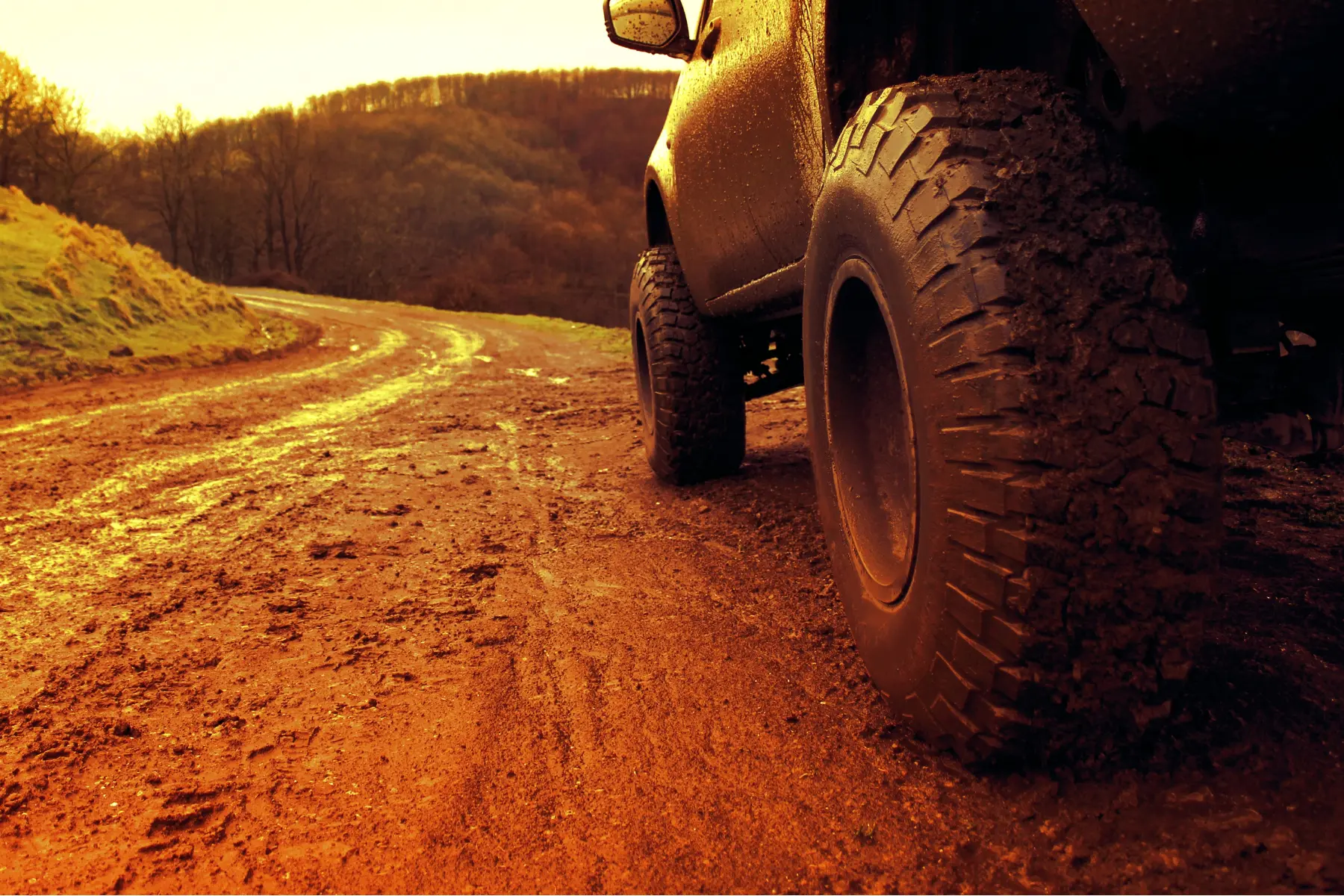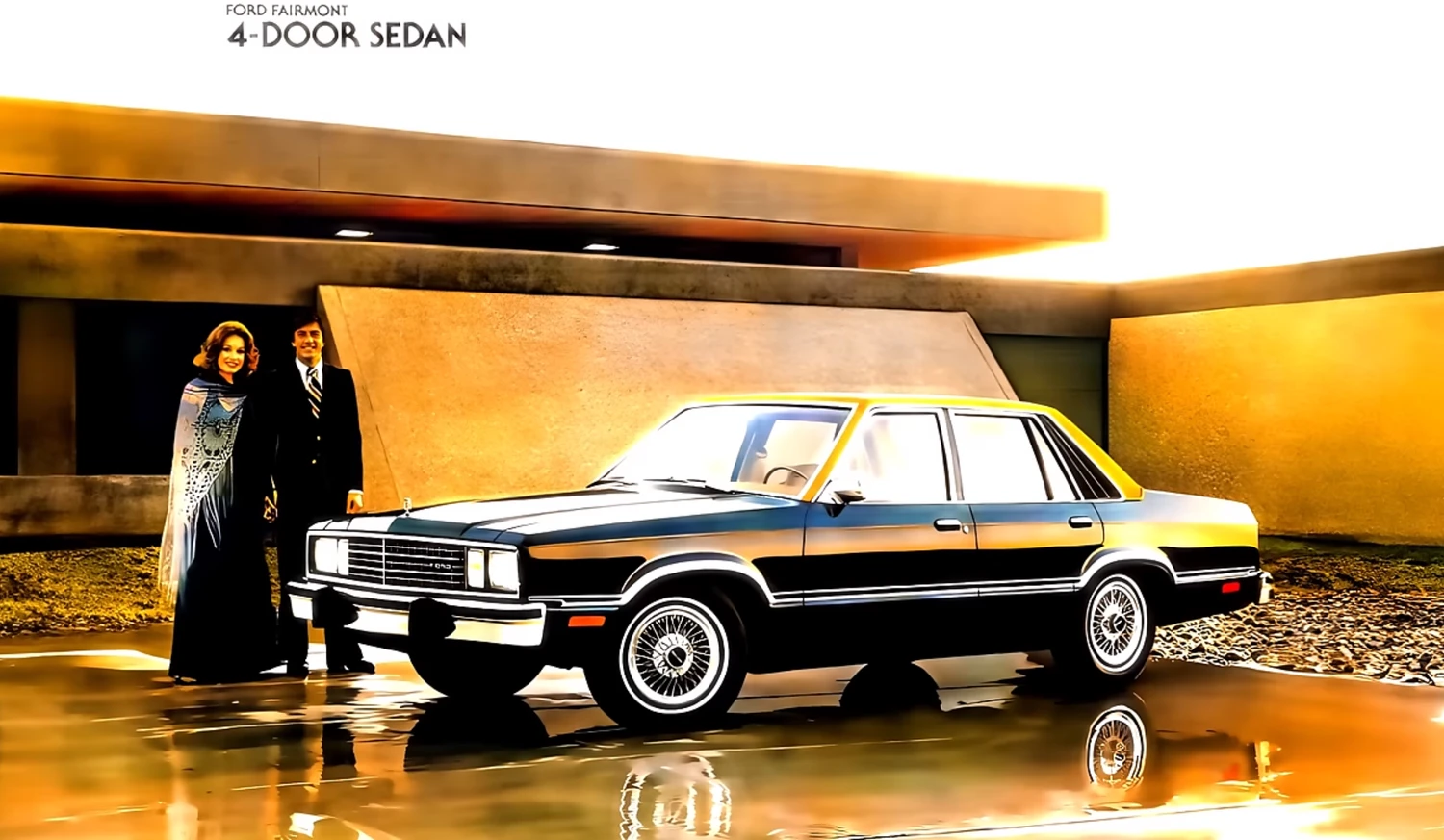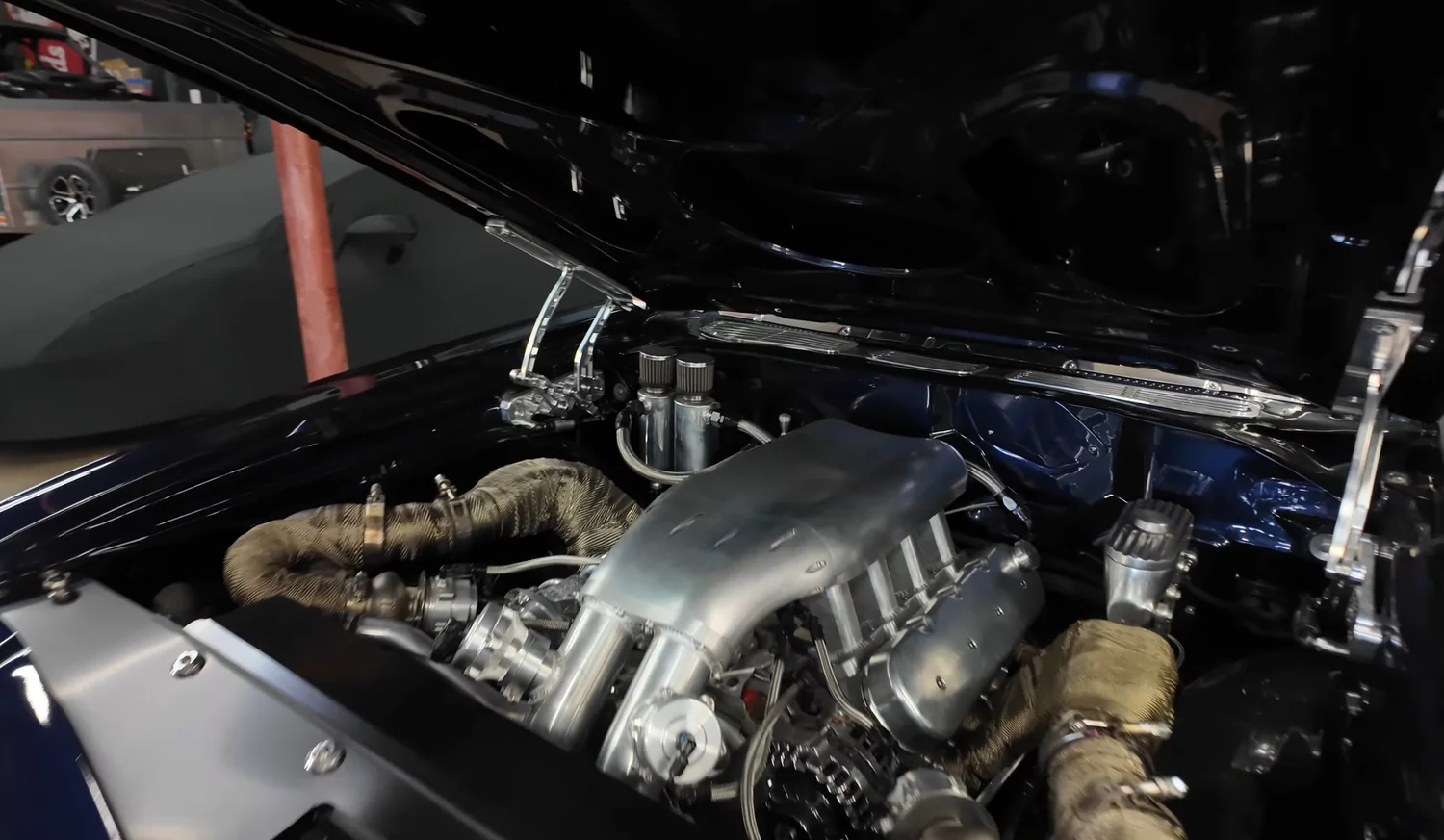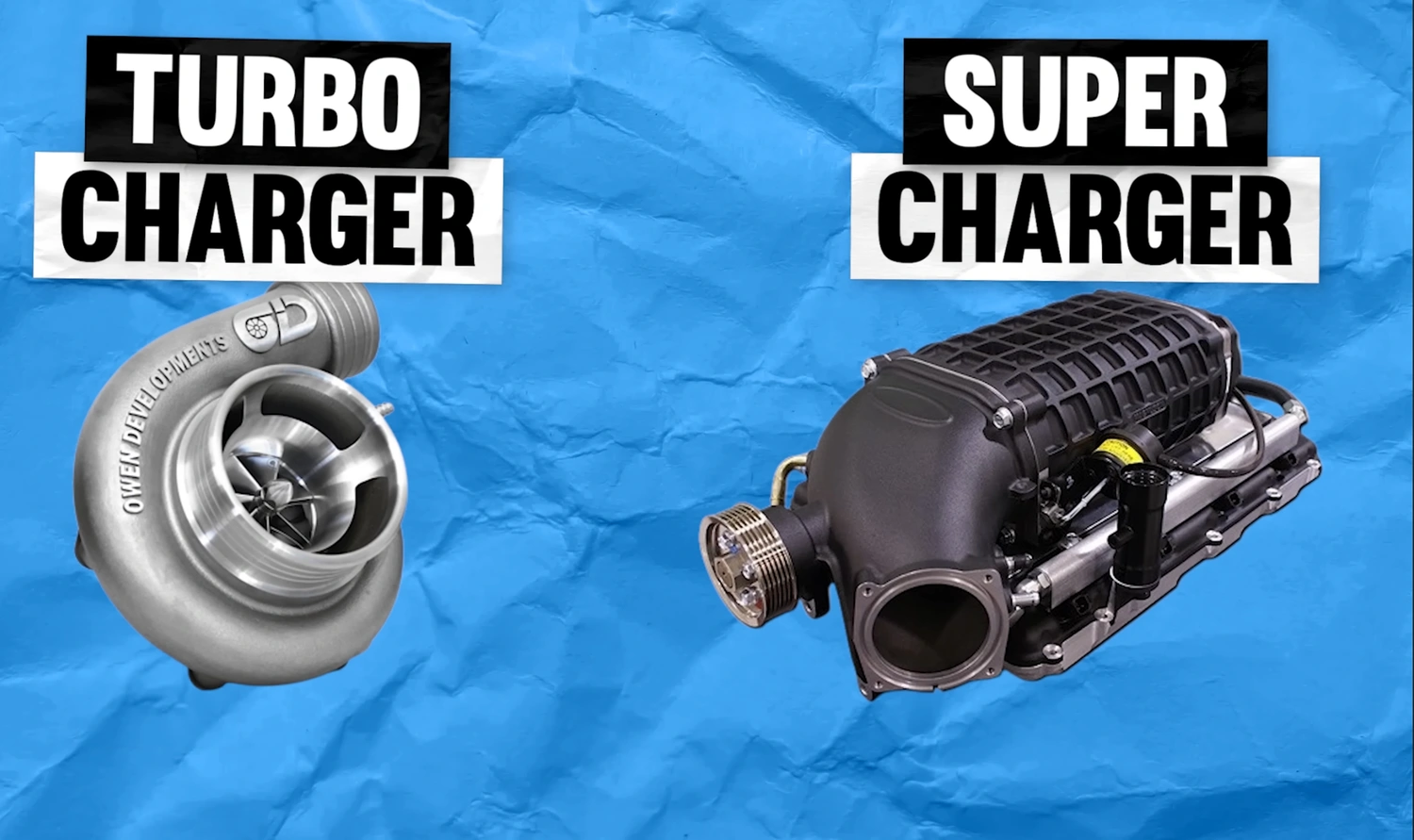Upgrading your vehicle with off-road suspension kits is crucial for anyone serious about off-roading. The standard suspension systems that come with most trucks are not equipped to handle rough terrains and demanding conditions. By enhancing your truck with specialized 4×4 suspension upgrades, you ensure that your vehicle can withstand the bumps, dips, and obstacles commonly encountered in the wild. These upgrades not only improve the durability and performance of your truck but also significantly enhance safety by providing better control and stability on uneven surfaces.
Top Suspension Lift Kits for Off-Road Use
Best Suspension Kits
These kits are designed to increase ground clearance, improve tire fitment, and allow for larger tires ideal for off-road conditions. One of the best suspension kits on the market offers greater clearance and fortified shocks and springs tailored for rough landscapes. This ensures your vehicle can handle uneven surfaces without sacrificing comfort or safety. Investing in a quality suspension kit is crucial for those who frequently tackle challenging off-road paths. Top off-road lift kits are essential for enthusiasts who prefer their trucks to stand out aesthetically and functionally. Lifted 4×4 trucks benefit from these kits as they enhance the vehicle’s appearance and improve its off-road capability. It includes features like adjustable control arms, extended sway bar links, and enhanced coil springs that improve suspension articulation.
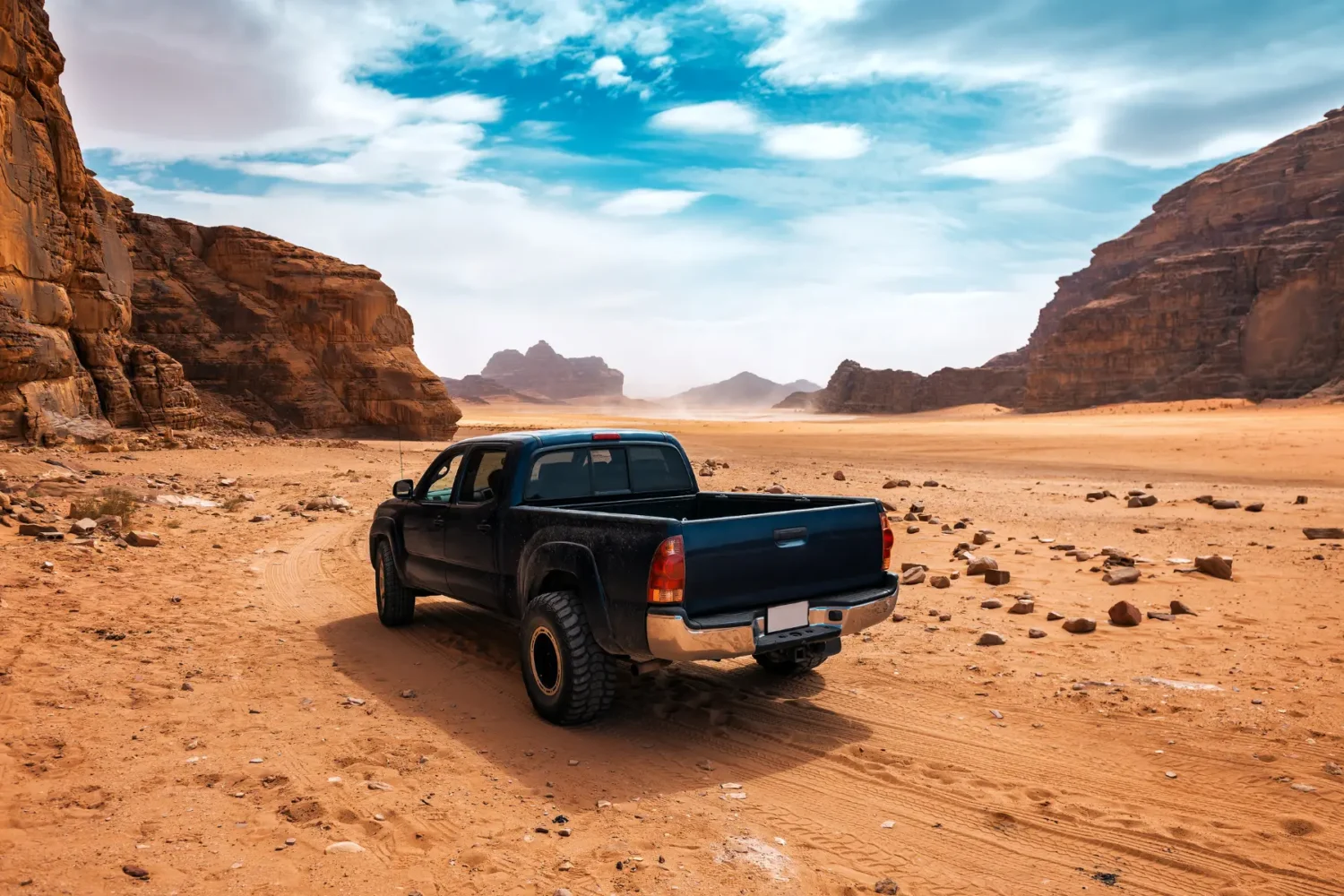
High-Performance Lift Kits
When it comes to tackling extreme off-road conditions, high-performance lift kits are non-negotiable. These kits are engineered to endure the toughest environments, giving your truck superior height and improved shock absorption. High-performance kits often come with specialized components like reinforced dampers and heavy-duty torsion bars, which significantly aid in managing large obstacles. For adventurers looking to push their vehicles to the limit, investing in a robust lift kit that can withstand severe off-road conditions is a wise decision.
Heavy-Duty Lift Kits for Weight Management
Features like thicker springs and stronger bushings help distribute the weight more evenly, reducing the stress on any single part of the suspension. This is crucial for maintaining the integrity of your vehicle’s frame and suspension system, especially when navigating through tough, uneven terrains where the risk of mechanical failure is heightened.
4×4 Suspension Upgrades and Truck Lift Systems
Essential 4×4 Suspension Upgrades
These upgrades typically include shock absorbers, struts, and coils specifically designed to handle the increased demands of off-road driving. Enhancing your vehicle’s suspension provides a smoother ride over rough terrain and improves handling. Upgraded components are usually more robust and offer better articulation, allowing for a more controlled and comfortable off-road experience.
Modern Truck Lift Systems
It adjusts your truck’s height, improving its approach, breakover, and departure angles. Elevating your truck can avoid undercarriage damage and enhance the vehicle’s ability to tackle steep inclines and declines. Most modern lift systems are designed to be user-friendly, allowing for adjustments that suit different types of terrain. Whether you’re navigating through mud, rocks, or sand, a well-configured lift system ensures that your truck is always positioned for maximum off-road performance and safety.
Integrating with Auto Transmission Parts
When you install a lift kit, it’s essential to consider how this affects your truck’s transmission and driveline alignment because improper installation can lead to premature wear and tear or even severe mechanical failures. Here’s how:
- Assess Compatibility: Before proceeding with any modifications, it is crucial to thoroughly assess the compatibility of the lift kit with your vehicle’s auto transmission parts. This initial phase involves verifying that the lift kit is designed specifically for your truck’s make, model, and transmission type. An in-depth review of the manufacturer’s technical specifications, detailed installation guides, and compatibility charts is essential to ensure that all components function harmoniously. In this stage, you should consider the interplay between the lift kit and the transmission’s design, paying close attention to factors such as the frame geometry, suspension mounting points, and the vehicle’s overall structural integrity. Compatibility checks often require consulting with experts or referencing user experiences in specialized forums to verify that the kit includes all necessary adapters and hardware for seamless integration.
- Adjust the Driveline: Once compatibility is confirmed, the next essential step is to adjust the driveline to accommodate the new ride height. Lifting a truck alters the driveline angle, which, if left uncorrected, can lead to premature wear on components like CV joints and u-joints. This adjustment involves carefully recalibrating the driveline geometry to ensure that all parts operate within the optimal range of motion. Technicians often install specialized driveline components or custom-length driveshafts to address these changes, ensuring that torque is distributed evenly and vibrations are minimized. This process requires precision measurements and, in many cases, advanced alignment tools to secure the proper angular relationships between the engine, transmission, and axles. The aim is to prevent misalignment that might lead to increased friction, potential failures, or uneven stress distribution across the driveline.
- Upgrade Transmission Mounts: Enhancing the transmission mounts is a key consideration when integrating a lift kit with your truck’s auto transmission parts. The increased strain on the vehicle’s structure due to the altered ride height can result in excessive movement or misalignment if the original mounts are not up to the task. Upgrading to heavy-duty transmission mounts is essential to provide robust support and stabilize the transmission under the new operating conditions. These mounts are typically engineered from reinforced materials, designed to absorb shock and reduce vibration, protecting critical components such as the torque converter and transmission case from undue stress. In addition, improved mounts can help maintain proper alignment, which is crucial for ensuring smooth power delivery.
- Check Fluid Levels: Alterations in vehicle geometry can affect fluid distribution and pressure, so verifying that the transmission fluid is at the correct level and in optimal condition is imperative. This involves a detailed inspection of the fluid reservoir, dipstick, and seals to ensure no leaks have developed during installation. Proper fluid levels are vital for maintaining lubrication, cooling, and overall system performance, as insufficient fluid can lead to overheating, increased friction, and potential component failure. It is advisable to replace old transmission fluid with a high-quality product that meets the specifications recommended by the vehicle manufacturer.
- Regular Inspections: Once the installation is complete, it is essential to establish a schedule for regular check-ups to monitor the condition of both the lift components and the transmission system. These inspections should identify early signs of wear, misalignment, or potential damage to critical parts, such as the driveline, mounts, and transmission seals. Regular maintenance not only prolongs the life of the modifications but also enhances safety by allowing for prompt intervention before minor issues escalate into significant failures. A proactive approach involves documenting performance data and conducting periodic tests to ensure all systems remain within acceptable operating ranges.
A comprehensive approach guarantees that each component works in unison, delivering a balanced upgrade that meets performance expectations.
Leveling Kits for Ford F150
This simple modification enhances the truck’s appearance and provides added clearance for larger tires, which is beneficial for off-road adventures. The right leveling kit can improve the driving experience by balancing the vehicle’s weight distribution and enhancing handling and comfort. Especially for F150 owners, this can be an economical way to enhance their truck’s off-road capability without the complexities of a full suspension overhaul.
Advanced Technology and Off-Road Engineering
Portable Truck Lifts for Convenience
These lifts allow for easy and efficient vehicle repairs and adjustments in any location, be it a home garage or a remote trail. With portable lifts, users can perform essential maintenance tasks such as tire changes and underbody repairs without needing heavy equipment or a permanent installation. Such flexibility is crucial for those who frequently travel off the beaten path and must ensure their vehicle remains in top condition no matter where their adventures take them.
Using Vehicle Diagnostic Tools
By tracking vital information from the suspension’s sensors, including wheel performance, shock absorber effectiveness, and overall dynamics, these technologies can aid in the early detection of problems. Early detection means less wear on the vehicle and can help avoid costly repairs. Diagnostic tools also assist in fine-tuning the suspension settings based on real-time feedback, which is especially valuable after installing new off-road truck mods or when adjusting the setup for different terrain types.

Design Innovations for Durability
Material science and engineering advancements have led to significant improvements in the durability and wear resistance of off-road suspension kits. Here are some key design innovations:
- Advanced Alloys and Metals: Developing these advanced metals involves innovative production techniques that carefully control the distribution of microscopic elements within the alloy, resulting in a material that can absorb impacts without deforming. Engineers have leveraged sophisticated modeling techniques to optimize these alloys for weight, ensuring they remain light enough for dynamic performance while offering exceptional durability. Also, the metallurgical processes now incorporate methods that reduce internal defects, which could otherwise act as starting points for cracks and eventual breakdown.
- Composite Materials: Integrating composite materials into suspension components represents a transformative step in modern design. Composites, such as carbon fiber and Kevlar, are meticulously engineered to provide an outstanding strength-to-weight ratio that is essential in off-road environments. Unlike traditional materials, these composites are created by combining reinforcing fibers with a resin matrix, resulting in an incredibly strong and surprisingly lightweight structure. This manufacturing approach allows for greater flexibility in designing parts that can absorb shocks and vibrations without undergoing permanent deformation.
- Thermal Treatments: Innovations in thermal treatment processes have brought about a profound transformation in the durability of suspension components. By subjecting metals to controlled heating and cooling cycles, manufacturers can manipulate the microstructure of these materials in ways that dramatically improve their mechanical properties. Modern techniques such as quenching, tempering, and cryogenic treatment have been refined to produce a material that exhibits exceptional hardness without sacrificing toughness. The cryogenic process, for instance, involves lowering the temperature of a component to extreme levels, which leads to a transformation in its internal crystalline structure.
- Protective Coatings: The application of advanced protective coatings is a critical element in safeguarding suspension components from the relentless challenges posed by off-road conditions. These coatings, often developed from ceramic-based formulations, provide a robust barrier that shields underlying materials from the corrosive effects of moisture, debris, and abrasive contact. Applying these coatings involves sophisticated techniques that ensure an even, durable layer is deposited on the surface of the metal parts. This barrier minimizes friction between moving components and reduces the incidence of wear, effectively prolonging the operational life of the suspension system.
- Sealing Technology: Modern seals and bushings, constructed from advanced polymer formulations, are designed to provide a reliable barrier against dirt, water, and other abrasive particles that can compromise component function. These materials are engineered to maintain flexibility over a wide temperature range, ensuring that the seals perform consistently even in extreme weather conditions. The development process involves rigorous testing to fine-tune the polymer compounds, balancing softness for flexibility with hardness to resist wear. Enhanced sealing solutions now incorporate multi-layer designs that can absorb shocks and vibrations while maintaining their integrity, reducing the rate of wear and tear on adjacent metal surfaces.
These advancements empower vehicles to perform reliably in extreme conditions, ensuring enhanced safety, performance, and longevity for off-road applications.
Suspension Geometry Optimization for Better Handling
Optimizing the suspension geometry of a truck is essential for achieving better stability, particularly in off-road environments. This involves adjusting various angles—such as camber, caster, and toe—to enhance how the suspension aligns with the road or trail surface. Optimized suspension geometry helps distribute vehicle weight evenly, which enhances control during maneuvers.
Installation and Maintenance Best Practices
Suspension Lift Installation
It’s important to thoroughly read the manufacturer’s instructions and gather all necessary tools. An improper installation can lead to serious safety issues, such as decreased vehicle stability and increased wear on other components. It is often advisable to seek professional help, especially if you are not experienced with vehicle modifications. A professional can ensure that the lift is installed correctly and that your vehicle’s alignment and suspension settings are optimally adjusted for your specific off-roading needs.
Common Installation Mistakes and How to Avoid Them
When installing aftermarket lift kits, several common mistakes can compromise your vehicle’s performance and safety. One of the most frequent errors is failing to tighten all bolts to the specified torque, which can lead to components loosening over time. Another issue is neglecting to check the vehicle’s alignment post-installation, which can cause uneven tire wear and poor handling. To avoid these pitfalls, always double-check your work and schedule a professional alignment immediately after the installation.
Using Supplier Management Software
Supplier management software can significantly enhance the maintenance and management of your lift kits for off-roading. This type of software allows you to track the quality and lifecycle of every component in your suspension system. With real-time updates and alerts, you can easily manage inventory levels, schedule maintenance, and replace parts before they fail.
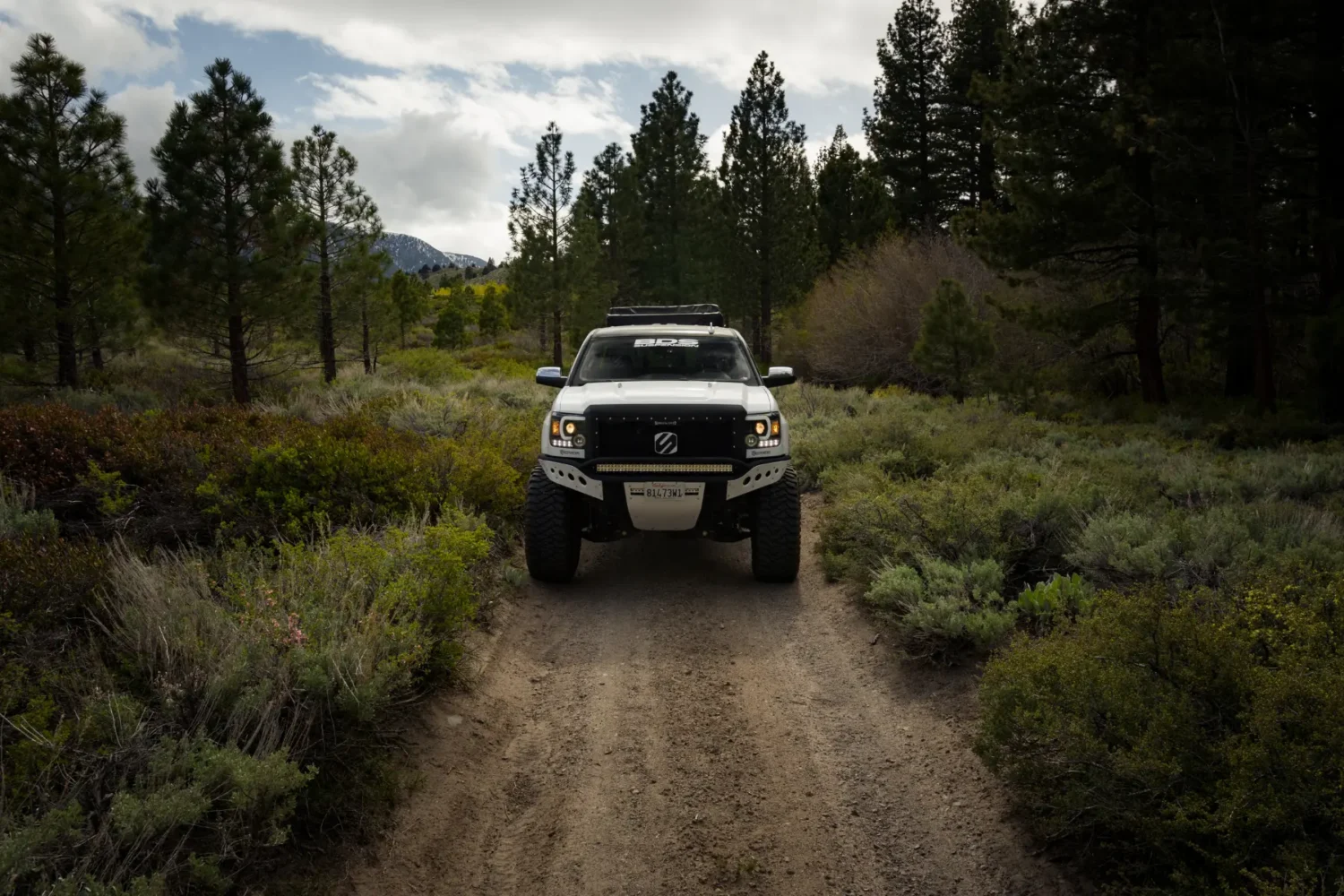
The right kit not only elevates your vehicle physically but also improves its performance, enabling it to tackle a variety of challenging terrains with ease. By carefully selecting a suspension kit that aligns with your off-road goals, you can significantly increase the utility and enjoyment of your vehicle. Whether you are navigating rocky paths, sandy banks, or muddy tracks, a well-equipped truck with a superior lift kit will provide a reliable and thrilling off-road experience.
